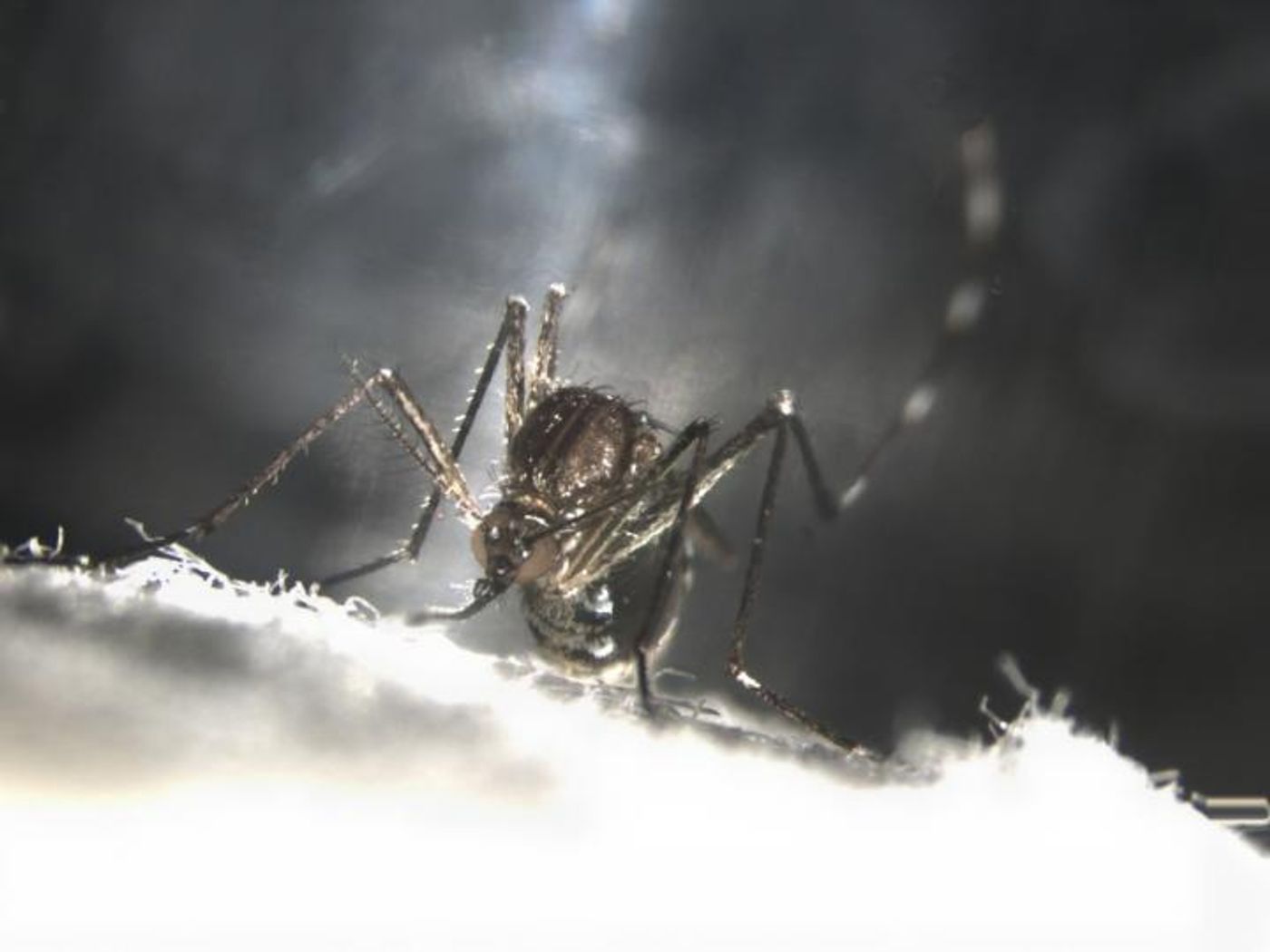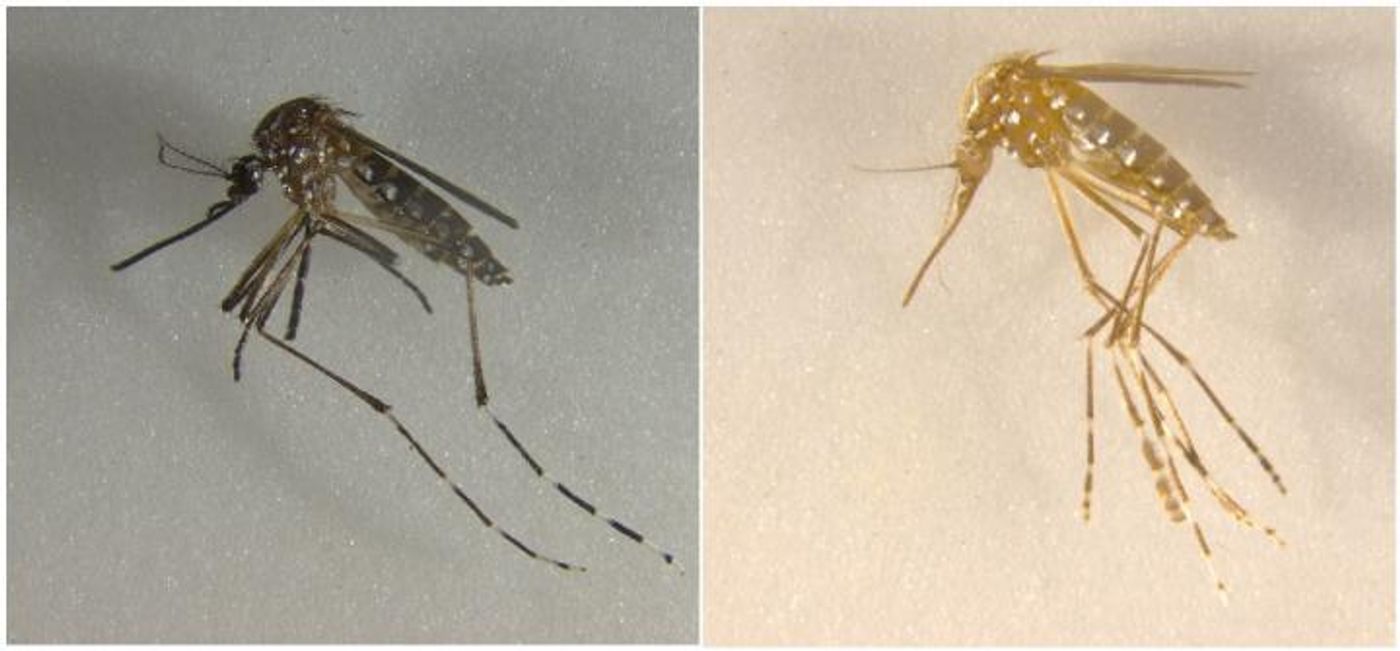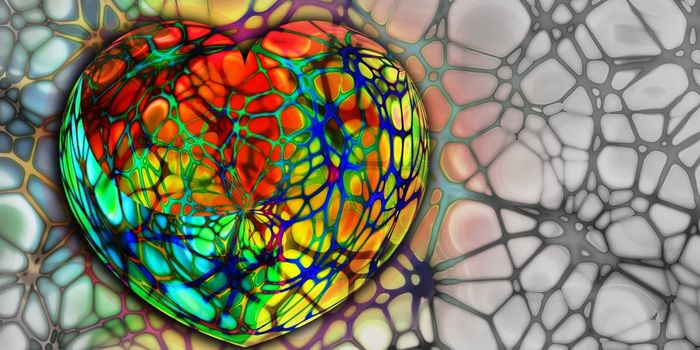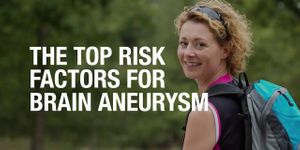The Risks & Rewards of Genetically Altered Mosquitoes
Mosquitoes with edited genomes have been created in the lab, with the aim of reducing disease and controlling mosquito populations. In 2015 researchers reported the use of ‘gene drive’ in mosquitoes, in which the passage of edited DNA onto offspring is promoted, and occurs at a rate that is higher than the typical 50 percent, so instead of diluting a trait in subsequent generations, it spreads. As such, organisms that carry gene drives can impact wild populations disproportionately, making significant changes very quickly in a large number of offspring.
Now researchers at the University of California, Riverside report making transgenic mosquitoes that carry the genome-breaking Cas9 enzyme in their germline, which would allow for the targeted editing of mosquito genomes. They are aiming to improve on previous efforts to use edited mosquitoes to reduce disease, which has not gone as well as was hoped.
By developing mosquitoes that express Cas9, the CRISPR gene editing tool can be applied to them, and specific genes they carry can be altered. For proof-of-concept, the team has shown that this technique enabled the disruption of genes that control feeding, vision, and flight. The resulting in mosquitoes had an extra eye, defects in eye and cuticle color, malformed wings, and other changes.
"These Cas9 strains can be used to develop split-gene drives which are a form of gene-drive by which the Cas9 and the guide RNA's are inserted at separate genomic loci and depend on each other for spread. This is the safest way to develop and test gene drives in the laboratory to ensure no spread into the wild," Akbari said.
One idea is to disrupt fertility in the bugs as an environmentally friendly and inexpensive way to reduce populations of insects that spread disease.
"Next steps should be undertaken to identify the regulatory sequences that can be used to express the guide RNAs from the genome, and once these sequences are identified developing gene drives in the species should be turnkey," Akbari said.
Caution has been urged by members of the scientific community. Pilar Ossorio, Morgridge bioethicist in residence and UW-Madison law professor, has commented on the new technology, noting that although human clinical trials are subject to stringent regulations, other genome editing applications are less scrutinized, like gene drives.
"There are safety and environmental concerns about releasing an organism that has a gene drive into the wild," Ossorio said. "But security experts also worry about a gene drive that could be used to gradually poison a food supply, or enable a mosquito to transmit more rather than less virus."
The tool is still in relative infancy, but it is not difficult to use it. As such it may be very tough to assess the dangers it presents before it's applied to our environment. "Gene editing is unprecedented in that it gives us the capability to make hundreds of genetic changes at the same time, and the process can be done in people, other animals and in plants,” Ossorio said.
Time will undoubtedly tell more tales about the applications of these tools, and we will have to confront the ethical questions that arise. The video above from the Howard Hughes Medical Institute BioInteractive YouTube Channel explains more. The video below is a lecture about modifying mosquitoes with CRISPR, by the American Museum of Natural History.
Sources: AAAS/Eurekalert! Via UC Riverside, PNAS, Morgridge Institute for Research










